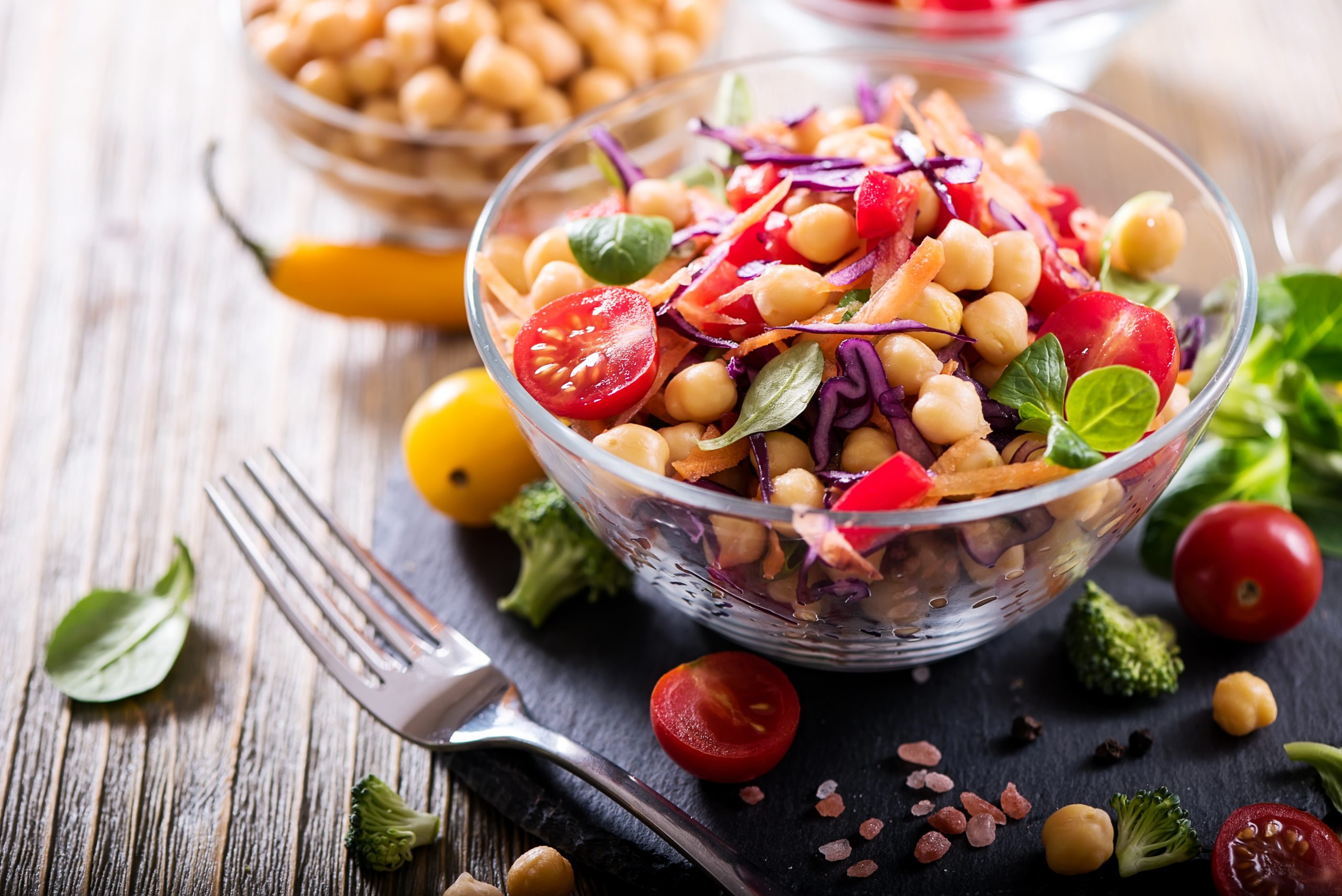New Year... new anything?
For most people who have been into lifting and training for sometime, the new year isn't anything special. Maybe we revisit the last year's lifts and see how to improve, but I think I can confidently say that most don't set big New Year's resolutions like the general public.
And if you do set resolutions, that's cool too!
The most common question I get asked is, "Julia, can you help me with my nutrition?"
I sure can! And regardless of whether the person hires me to coach them or not, there are basic things that people should understand about nutrition. And I'm not even talking calories or macros yet. When my clients get their plan, these are basic things that ultimately help them understand their own plan and set them up for success.
- Identify these 3 things in your meal - protein, carbs, and fat. For those that are new to nutrition, identifying what's what is a huge help in understanding your food. If you look at your meal and cannot identify protein, then you need to rework that meal. Once you can identify those 3 things, then you can move onto point #2 and balance them out if they are unproportioned.
- Have protein, carbs and fat at each meal. Proteins are meats, eggs, dairy (and beans for vegetarians). Carbs are potatoes, rice, oats, bread, chips/pretzels, noodles/pasta, fruits, veggies. Fats are nuts, oils, avocados, butter and fats from meats/egg yolks. Make sure all main meals contain some of those. It's a good starting point and you can refine it as you go.
- As you get better at having all meals contain those 3 things, then you can choose healthier versions of each of those and modified how much of each of those you want. If you're very active, you'll make sure to include more starches like rice and potato. If you're not as active, you'll want your carb sources to include more fruits and veggies.

Here are some basic examples of meals:
2 hard boiled eggs (protein and fat), oatmeal (carbs), strawberries (carbs)
Chicken breast (protein), rice/veggie stir fry (carbs), guac/avocado (fat)
Fish (protein), mashed potatoes (carbs), green beans (carbs), butter (fat)
Once you're able to form meals like the above, then you can start to be more exact with amounts of each based on your goals and activity level.
Starting off, nutrition doesn't need to be complex. You just need to understand the foods that are on your plate. Once you do, you can begin to make better choices. Once you are making good choices, then you can begin to choose the appropriate amount of each.
Start simple. Understand your foods.








